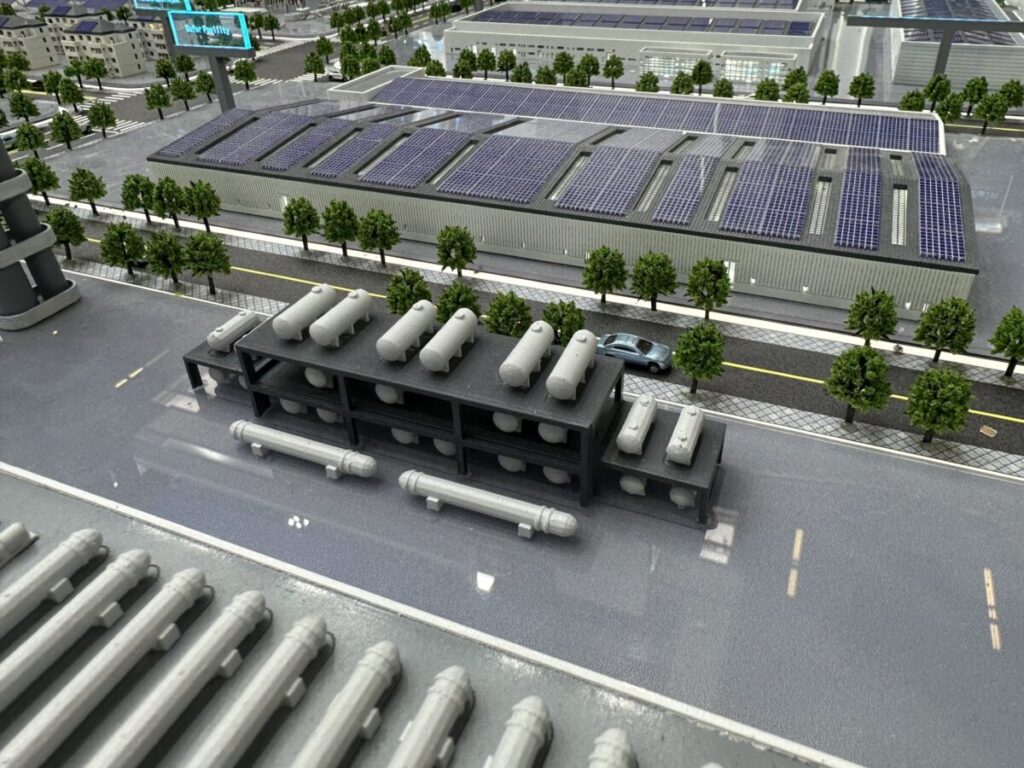A European research team has assessed the level of hydrogen in 31 African countries and has concluded that importing green hydrogen from Africa to European economically unfeasible by 2030, with prices ranging from $ 10.2/kg to $ 3.8/kg.
An international research team has investigated the economic viability of exporting ammonia from Africa to Europe, where then again converted into hydrogen, and has discovered that this task can be “priceless” by 2030 among four realistic scenarios.
Their analysis in particular considered the capital costs (COC) per country, financing structure and interest rate environment to calculate the potential live costs of hydrogen (LCOH) of each country and scenario. For this assessment they used GeoH2, a toll that calculates the location costs of green hydrogen production, storage, transport and conversion to meet the demand at a specified location. Rotterdam was used as the entrance gate for the import of hydrogen.
The analysis has also taken into account 34 hydrogen projects, ranging in size from 3.5 MW to 6.9 GW, which are planned to be operational by 2030 in seven countries in Africa. The scenarios were set out on the basis of the general interest and policy environment. Given “realistic” technical limitations, the scientists also considered solar and wind data to optimize solar and wind data to optimize solar PV, onshore wind, battery storage, electrolysis, hydrogen storage and ammonia storage.
“We have limited the analysis to African countries with port access, because completely countries should negotiate agreements to guarantee transport to ports, which introduces further complexity and uncertainty,” the research team explained. “Somalia and Libya are excluded due to political instability and small island states are excluded due to infrastructure and space restrictions, resulting in a sample of 31 countries.”
Image: Technical University of Munich, Nature Energy, CC by 4.0
The analysis showed that, in scenarios with high interest rates, the lowest LCOH for ammonia that is exported from Africa would reach € 4.9 kg without policy support and € 3.8 kg when the “completely inflamed” by the EU member states. In an environment with a low interest rate, the LCOH turned out to be € 4.2 kg and € 3.2 kg respectively.
“Our results also show the importance of the risks, which reduces the least costs by € 1.1 kg and median costs by € 3.9 kg,” the academics emphasized, and noted that also with the risk, in scenarios with high-interest rate rate, only 2.1% of all studied locations are economics. Only countries where comparable prices can be feasible. “In a low interest rate environment, the proportions of locations that reach the competitiveness of costs without risks remains at least 0.5%.”
The scientists discovered that Mauritania is the country with the lower LCOH for $ 3.8/kg, followed by Algeria with $ 4.0/kg and Namibia with $ 4.1/kg. Liberia and Guinea Equatorial turned out to have the highest LCOH at $ 10.2/kg and $ 10.1/kg respectively.
They insisted that the need to implement the risk as a main strategy to help the proposed hydrogen projects improve and that the selection of strategic locations must also be applied to improve the basic principles of each initiative.
“The risks reduce the variance of COC between countries,” they concluded. “While in the commercial scenario COC varies by 15.9 percentage points in different countries, this variance lowers to 1.9 percentage points in a scenario by the disconnected scenario. That is why the risky acts as a level, so that green hydrogen costs are brought together much closer.”
Their findings are available in the newspaper “Mapping the cost competitive capacity of African green hydrogen import to Europe“Which was recently published in Natural energy.
This content is protected by copyright and may not be reused. If you want to work with us and reuse part of our content, please contact: editors@pv-magazine.com.
Popular content


